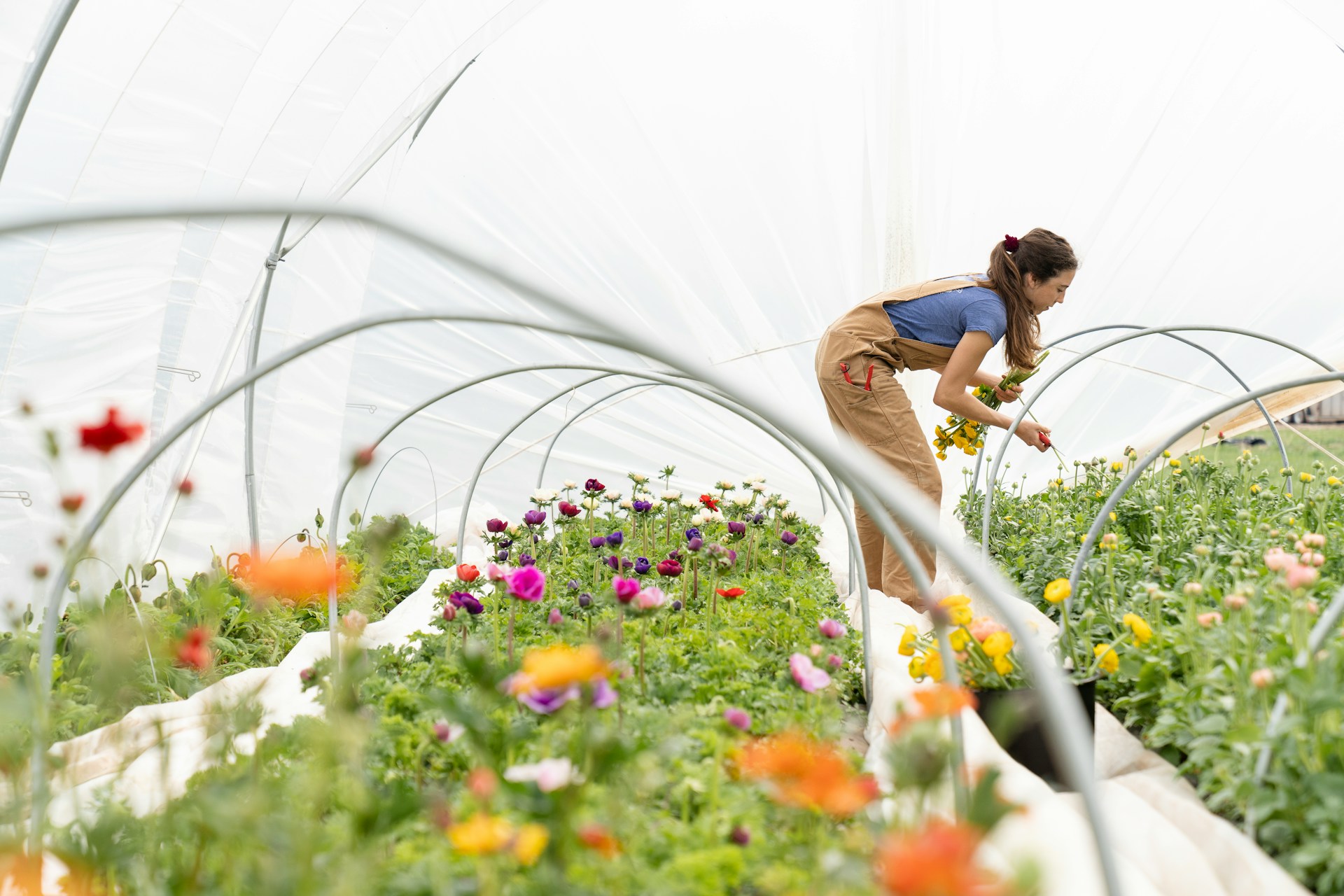
When the topic of conversation turns to gardening, particularly for newcomers thumbing through catalogs and dreaming of lush flower farms, the talk of ‘growing zones’ can feel like a rulebook that they dare not deviate from. Yet, when we consider the annuals that grace cut flower farms the world over, those zone demarcations on the map start to fade into the background.
The Frost Date Focus
Long-time gardeners will wink and whisper that it’s the first and last frost dates that are the stars of the show. These dates, more so than the hardiness zones, have a significant impact. They determine the window of opportunity for planting and guide decisions about which crops can successfully run the seasonal gauntlet. In essence, frost dates set the stage, setting a timeline for the entire growing process and spotlighting the weatherscapes that farmers navigate.
A Closer Look at Starting Seeds Indoors
Seeds are like little sleeping beauties, and sometimes they need a gentle wake-up call before heading out to face the world. Starting seeds indoors allows farmers to coax them awake under optimal conditions. With a set-up ranging from simple window sills to elaborate grow lights and heating mats, farmers can ensure their seeds have a strong start. Moreover, this unconstrained-by-zones process enables them to schedule planting with military-like precision – making sure plants have the perfect head-start when the frost dates decree it safe to place outside. Using a tool like Bloom Manager can make it simple, by automatically calculating seed dates.
Zone In on Growing Zones
Growing zones, which map out the average minimum winter temperatures of regions, are invaluable for perennial plants that need to endure cold seasons year after year. Less intuitively, annuals sidestep this requirement altogether. Once their seeds are snuggled into the warmth of the earth post-frost, these one-season wonders are more focused on sun, soil, and sustenance than they are on the chilly memories of winter past.
Mastering Frost Protection
Enter the ingenious inventions born from the gardeners’ endless battle with unpredictable weather: row covers, frost cloths, and even high tunnels and greenhouses. These are the shields that ward off the unexpected spring frost and warm the soil. They are the tools that stretch the ephemeral summer, transforming what could have been a week of blossoms into a month-long fiesta of flowers. Such strategies give cut flower farmers the ability to grow blooms beyond expectation.
Practical Applications in the Flower Field
Understanding local climate patterns is pivotal. Smart gardeners plant out early and keep a daily eye on the forecasts, uncovering their precious plants when conditions are right. It’s about balancing protection with exposure to the hardening elements. While cloches work wonders for a solitary plant, row covers may be rolled out over entire beds, tucked in at the sides to guard against frigid nights.
It’s also worth considering the microclimates within one’s own growing space. Areas against a south-facing wall may bask in extra degrees of warmth while dips in the landscape could be pockets of potential frost. These microclimates can be leveraged or adjusted, further defying the broad strokes of the hardiness zones.
Looking Beyond ‘Zones’
Ultimately, growing zones tell part of the story—a tale of perennial expectations and climate averages. They are a guide but not gospel. Indeed, it’s frost dates that demand marked attention, indoor propagation that provides a jump start, and protective measures that extend the chorus of blooms. Together, these elements shape the farmer’s calendar, dictating the rhythm of sowing, the crescendo of growth, and the finale of harvest.
